Tag: septic shock
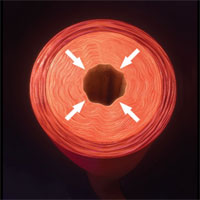
Angiotensin II For Septic Shock Treatment
Angiotensin II has been studied for many years and has consistently shown to increase MAP. This medication adds a new mechanism of action to the vasopressor arsenal that is already used for septic shock. Angiotensin II should... read more
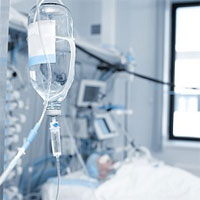
Fluid Responsiveness in Sepsis
Fluid challenge is a common practice in the ICU. It is one of the most important resuscitation manoeuvres of acute circulatory failure management in critically ill patients. Adequate fluid resuscitation is very important... read more
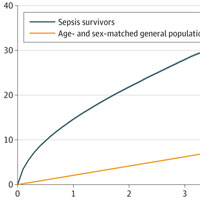
Risk Factors at Index Hospitalization Associated With Longer-term Mortality in Adult Sepsis Survivors
In this cohort study of 94 748 adult sepsis survivors, age, male sex, 1 or more severe comorbidities, prehospitalization dependency, nonsurgical status, acute severity of illness, site of infection, and organ dysfunction... read more

Addressing Shortcomings in Infection and Sepsis Treatment Should Be Top of the Priority List
Hospitals are increasingly facing the challenge of cutting costs while also improving clinical outcomes. This is certainly true in the infectious disease sector, as unrecognized or ineffectively treated bacterial infections... read more

Characteristics, Management, and In-hospital Mortality Among Patients with Severe Sepsis in ICU in Japan
Sepsis is a leading cause of death and long-term disability in developed countries. A comprehensive report on the incidence, clinical characteristics, and evolving management of sepsis is important. Thus, this study aimed... read more
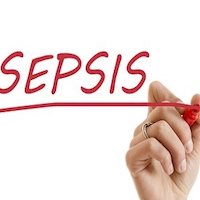
Immunotherapy Effects on Sepsis
A randomised controlled multicentre trial assessed for the first time the safety and pharmacokinetics of an antiprogrammed cell death-ligand 1 (anti–PD-L1) immune checkpoint inhibitor (BMS-936559; Bristol-Myers Squibb,... read more
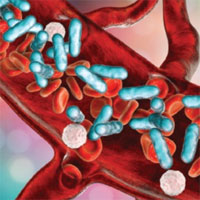
Lactate-Guided Resuscitation Only Encourages Over-Resuscitation and Downstream Harms
The Centers for Medicare and Medicaid Services and the Surviving Sepsis Campaign both rushed to offer guidance on the appropriate management strategies for patients presenting with septic shock. In both cases, a lactate-guided... read more
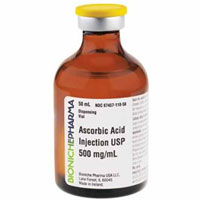
Effect of High-dose Ascorbic Acid on Vasopressor’s Requirement in Septic Shock
In this study, administration of high-dose ascorbic acid significantly decreased the requirement for vasopressor's dose and duration in surgical critically ill patients with septic shock. Several mechanisms including anti-oxidant,... read more
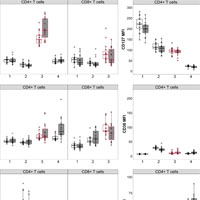
TCR Activation Mimics CD127 low PD-1 high Phenotype and Functional Alterations of T Lymphocytes from Septic Shock Patients
The proportion of CD127lowPD-1high T cells in patients was increased compared with healthy volunteers, although no global CD127 regulation was observed. Our results suggest that TCR activation participates in the occurrence... read more

Loss of Sphingosine 1-Phosphate in Septic Shock is Predominantly Caused by Decreased Levels of HDL
Sphingosine 1-phosphate (S1P) is a signaling lipid essential in regulating processes involved in sepsis pathophysiology, including endothelial permeability and vascular tone. Serum S1P is progressively reduced in sepsis patients... read more

Updates and Controversies in the Early Management of Sepsis and Septic Shock
For patients in the ED who are suspected of having sepsis, swift, effective management is vital to improving outcomes. This issue reviews the latest evidence on the diagnosis and treatment of sepsis and septic shock: ... read more

Sepsis and Septic Shock – What Matters from EM Cases Course
In this podcast Dr. Sara Gray, intensivist and emergency physician, co-author of The CAEP Sepsis Guidelines, answers questions such as: How does one best recognize occult septic shock? How does SIRS, qSOFA and NEWS compare... read more

Left ventricular systolic function evaluated by strain echocardiography and relationship with mortality in patients with severe sepsis or septic shock
Worse global longitudinal strain (GLS) (less negative) values are associated with higher mortality in patients with severe sepsis or septic shock, while such association is not valid for left ventricular ejection fraction... read more
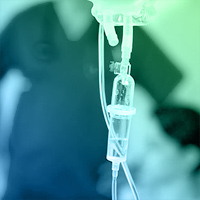
Pooled Analysis of Higher vs Lower Blood Pressure Targets for Vasopressor Therapy Septic and Vasodilatory Shock
Targeting higher blood pressure targets may increase mortality in patients who have been treated with vasopressors for more than 6h. Lower blood pressure targets were not associated with patient‑important adverse events... read more








